The secret history of McDonald's Filet-O-Fish, which was almost killed from the menu before becoming Trump's staple sandwich
After seeing a McDonald's ad in a magazine, Groen opened his first golden-arched restaurant in Cincinnati in 1959. He also purchased the franchise rights for the city and northern Kentucky. McDonald's was far from the only burger joint on the block in those days, and the market was crowded and competitive.

Before the Second Vatican Council took place in the mid-1960s, Roman Catholics were supposed to abstain from eating meat on Fridays. As it happened, Groen's hamburger-centric eatery happened to be located in a predominantly Catholic neighborhood.
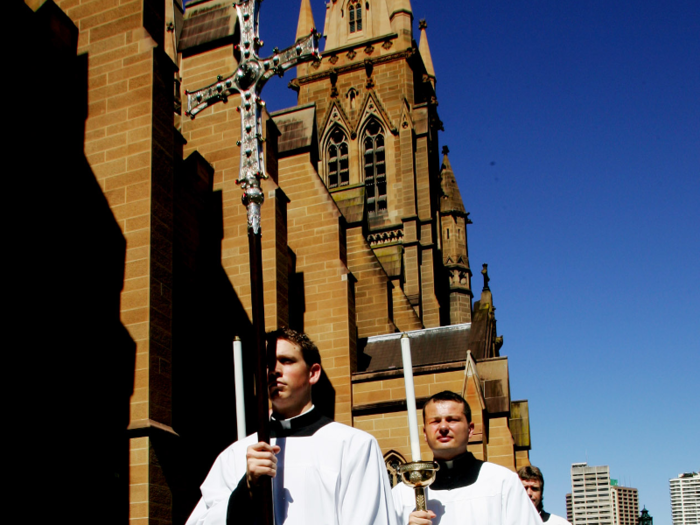
Groen's son Paul told The List Show that the restaurant was really beginning to struggle because his father 'wasn't doing any business on Fridays.' Meanwhile, the Cincinnati-based Frisch's Big Boy chain was clobbering McDonald's by offering a fish sandwich.
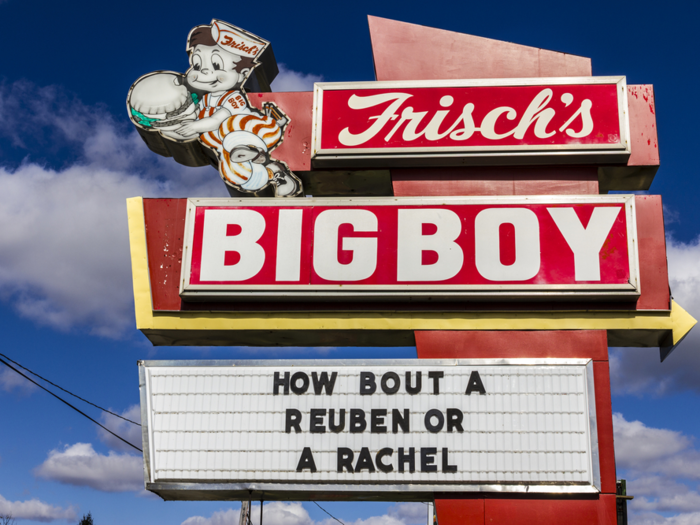
In his memoir 'Grinding It Out: The Making of McDonald's,' Kroc wrote that the idea for the Filet-O-Fish was 'born of desperation.' Groen put together a prototype in 1961.

But Kroc hated the idea. He described his initial reaction in his book: 'Hell no! I don't care if the Pope himself comes to Cincinnati. He can eat hamburgers like everybody else. We are not going to stink up our restaurants with any of your damned fish.'
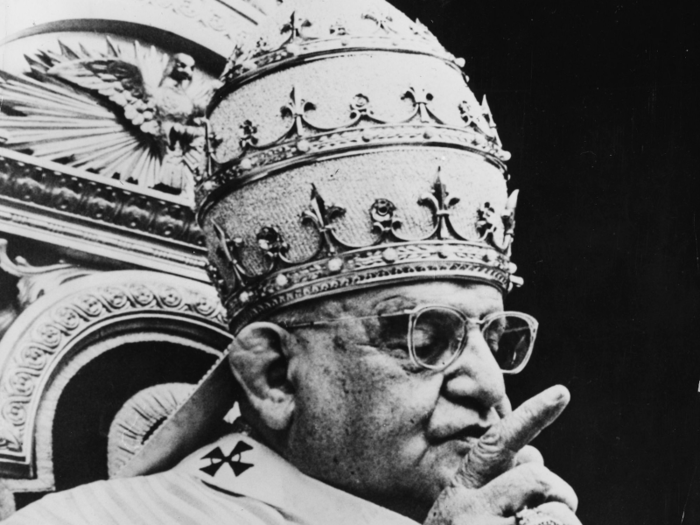
But McDonald's executives Fred Turner and Nick Karos disagreed. Groen ended up convincing them that he'd either need to start selling fish sandwiches or his store. So Kroc relented, and food technologist Al Bernardin went to work planning out the new sandwich.
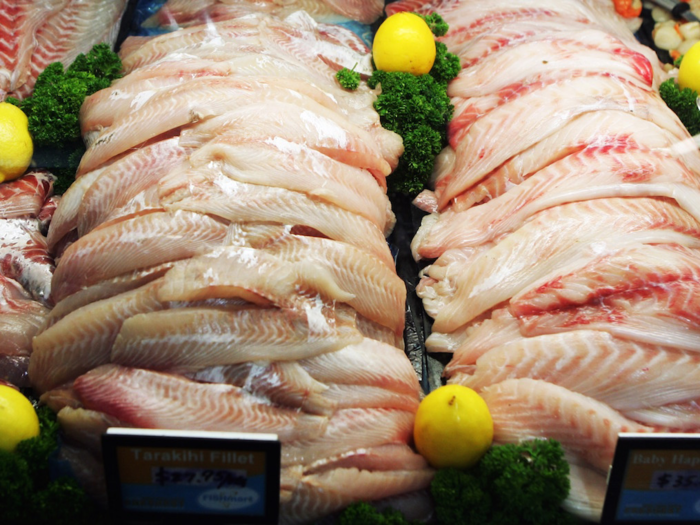
McDonald's had to figure out factors like cooking time, breading type, and the thickness of the filet. After considering using halibut, the eatery went with cod. But Kroc had a problem with the branding, which he said 'brought back too many childhood memories of cod liver oil.' Instead, they called it 'North Atlantic whitefish.'

One of Groen's young employees sparked another innovation — adding cheese. Kroc followed suit and decided to try the sandwich with a half a slice of cheese to the sandwich. He found it 'delicious.'

But the Filet-O-Fish still had one last hurdle to overcome. Kroc decided that he'd determine the sandwich's fate through a contest. The Filet-O-Fish would face off with his own idea, the Hula Burger. The Hula Burger, grilled pineapple and two slices of cheese on a toasted bun, and the Filet-O-Fish be released in a few spots. Sales would determine the winner.
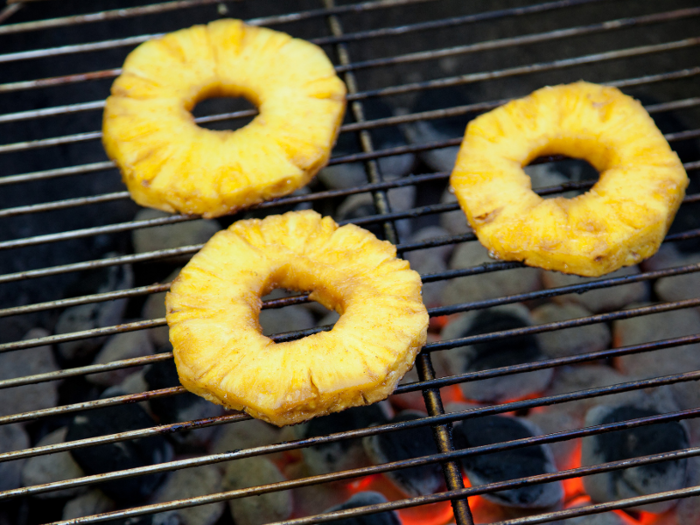
The showdown came about on Good Friday of 1962, according to Dann Woellert, author of 'Historic Restaurants of Cincinnati: The Queen City's Tasty History.' 350 people bought Groen's new fish sandwich. Six people purchased Kroc's creation.
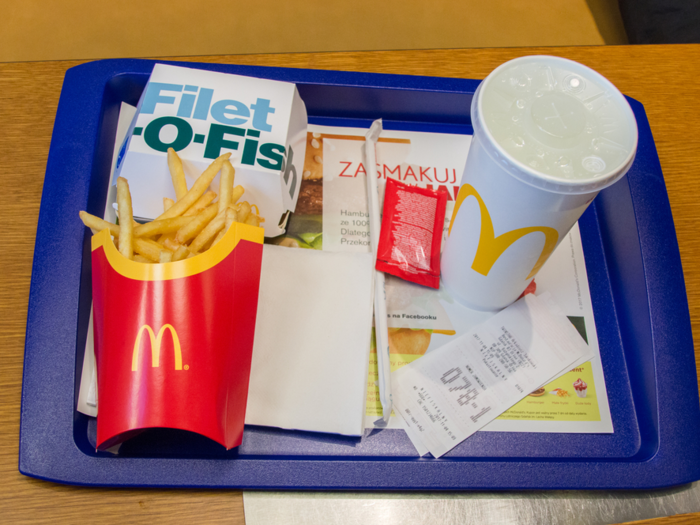
Kroc wrote that Groen often teased him about the Hula Burger's defeat. He added that he'd often still eat his 'delicious' pineapple-and-cheese sandwich at home.
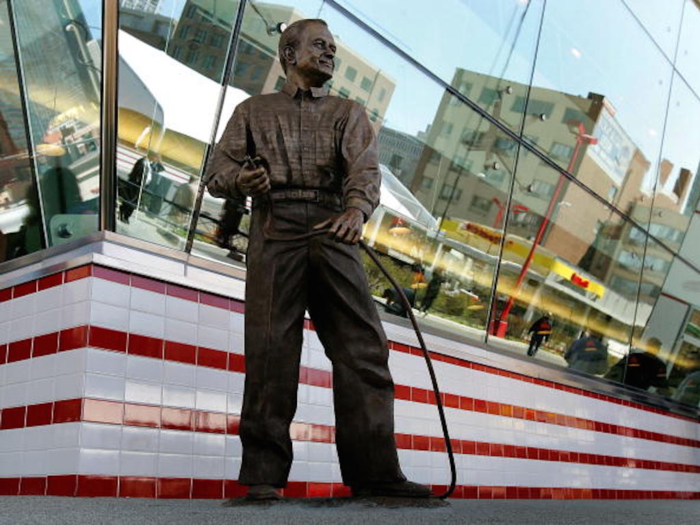
The fish sandwich had a limited debut in 1963, and was an immediate hit with customers. In 1965, McDonald's decided to add it to the menu nationwide, billing it 'the fish that catches people.'
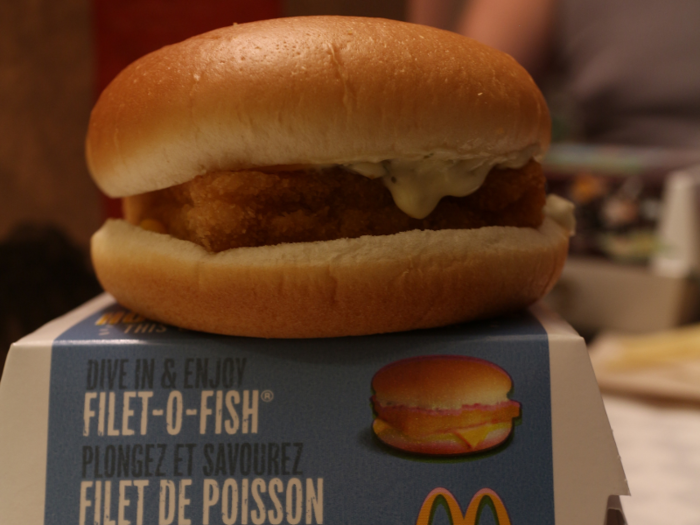
The item also ended up being a 'cash cow' for Groen. In the years following the Filet-O-Fish's debut, he built 43 franchise locations in Cincinnati, hired 3,000 people, and began raking in annual sales of $60 million.
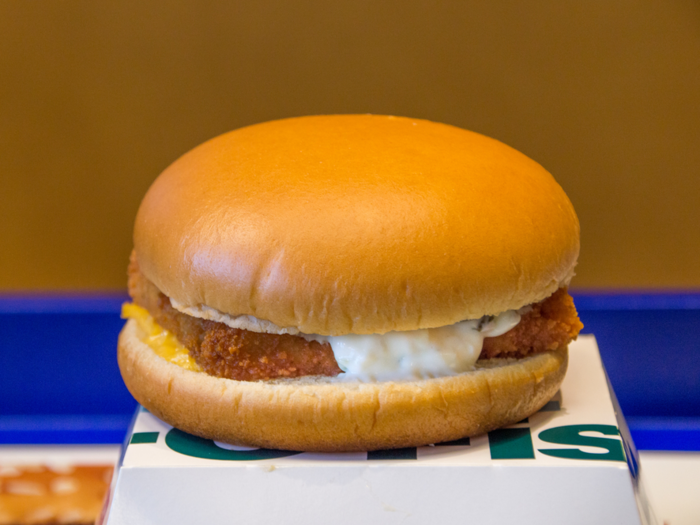
In his book, Kroc said he told Catholic members of his team: 'You fellows just watch. Now that we've invested in all this equipment to handle fish, the Pope will change the rules.'
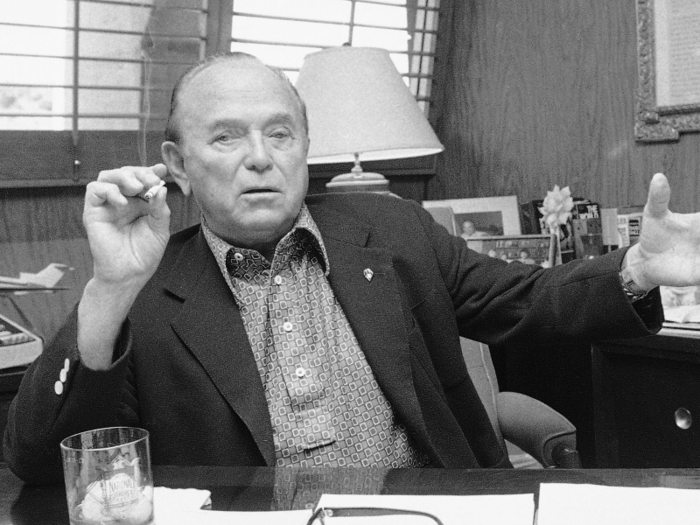
He guessed right. After the Second Vatican Council ended in 1965, the Roman Catholic Church slackened its rules on fasting. Meat on Friday was allowed, except during Lent.

Popular Right Now
Popular Keywords
Advertisement